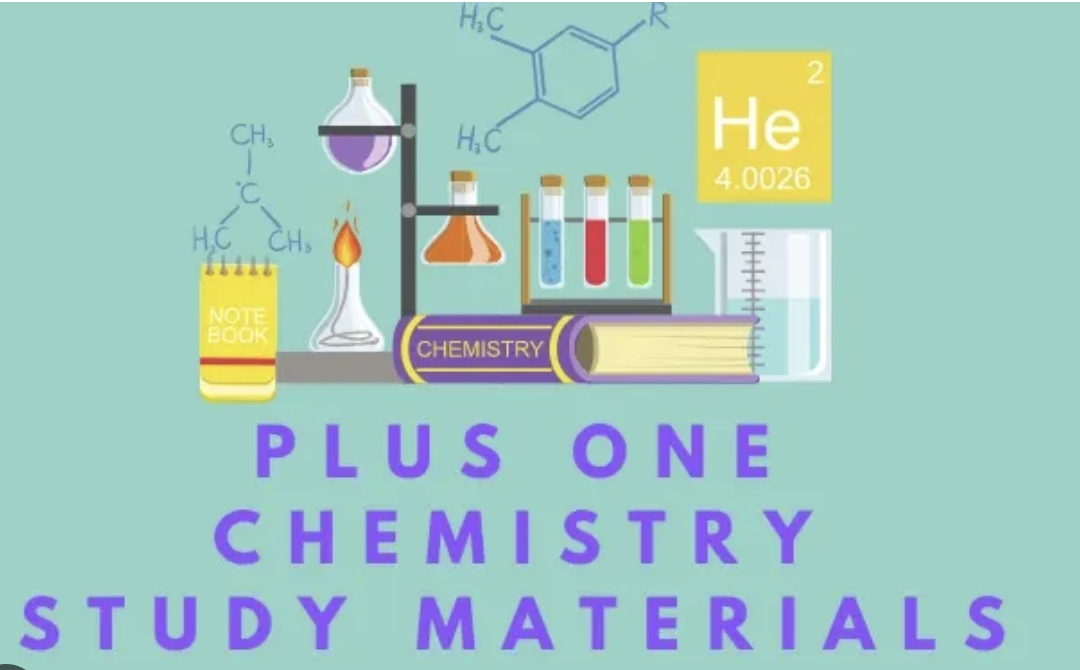Students will be introduced to the fundamental principles that form the foundation of chemistry. This chapter covers the nature of matter, laws of chemical combination, atomic and molecular masses, the mole concept, and stoichiometry. Understanding these core concepts is crucial, as they provide the framework for all chemical knowledge. Special attention is given to practical applications and problem-solving techniques that students can apply throughout their chemistry education.
Chapter 1: Some Basic Concepts of Chemistry
Chemistry is the scientific study of matter, its properties, and the changes it undergoes. To understand chemistry, we must first grasp some fundamental concepts that form the foundation of this science.
Matter and Its Classification
Matter is anything that has mass and occupies space. All physical objects around us, whether visible or invisible, are composed of matter. Matter exists in three primary states: solid, liquid, and gas. Solids have definite shape and volume due to strong intermolecular forces. Liquids have a definite volume but take the shape of their container as the intermolecular forces are weaker than in solids. Gases have neither definite shape nor volume because the intermolecular forces are minimal.
Matter can be classified based on its composition into pure substances and mixtures. Pure substances have fixed composition and properties and cannot be separated by physical methods. They are further classified into elements and compounds. Elements are the simplest form of matter that cannot be broken down into simpler substances by chemical reactions (e.g., hydrogen, oxygen, carbon). Compounds are substances formed by the chemical combination of two or more elements in a fixed ratio (e.g., water, carbon dioxide).
Mixtures contain two or more substances that are physically combined but retain their individual properties. They can be homogeneous (uniform composition throughout, e.g., salt solution) or heterogeneous (non-uniform composition, e.g., soil).
Properties of Matter
The properties of matter help us identify and characterize substances. Physical properties are those that can be observed or measured without changing the chemical composition of the substance. Examples include color, odor, density, melting point, boiling point, and solubility. Chemical properties are observed when a substance undergoes a chemical change or reaction, resulting in the formation of new substances. Examples include flammability, reactivity with water, and ability to rust.
Measurement in Chemistry
Accurate measurements are crucial in chemistry. The International System of Units (SI) provides standard units for scientific measurements. The seven base SI units are meter (length), kilogram (mass), second (time), ampere (electric current), kelvin (temperature), mole (amount of substance), and candela (luminous intensity).
Scientific notation is used to express very large or small numbers in a concise form (e.g., 602,200,000,000,000,000,000,000 is written as 6.022 × 10²³). Significant figures indicate the precision of a measurement. They include all the digits that are known with certainty plus one digit that is estimated or uncertain.
Laws of Chemical Combination
Several laws govern how elements combine to form compounds:
The Law of Conservation of Mass, formulated by Antoine Lavoisier, states that matter is neither created nor destroyed in a chemical reaction. The total mass of reactants equals the total mass of products.
The Law of Definite Proportions, proposed by Joseph Proust, states that a chemical compound always contains the same elements combined in a fixed ratio by mass, regardless of its source or method of preparation. For example, water always contains hydrogen and oxygen in a 1:8 mass ratio.
The Law of Multiple Proportions, formulated by John Dalton, states that when two elements form multiple compounds, the masses of one element that combine with a fixed mass of the other are in simple whole-number ratios. For example, carbon forms CO and CO₂ with oxygen, where the ratios of oxygen that combine with the same amount of carbon are 1:2.
Gay-Lussac’s Law of Gaseous Volumes states that when gases react, the volumes of the reacting gases and the products (if gaseous) are in simple whole-number ratios, provided temperature and pressure remain constant.
Atoms and Molecules
The atom is the smallest particle of an element that can participate in a chemical reaction. It consists of subatomic particles: protons, neutrons, and electrons. A molecule is a group of two or more atoms chemically bonded together. Atomic mass is the relative mass of an atom compared to 1/12th the mass of a carbon-12 atom. Molecular mass is the sum of the atomic masses of all atoms in a molecule.
Mole Concept
The mole is a fundamental unit in chemistry representing 6.022 × 10²³ entities (Avogadro’s number) of a substance. One mole of any substance contains the same number of particles. Molar mass is the mass of one mole of a substance, expressed in grams per mole (g/mol). For elements, molar mass numerically equals the atomic mass. For compounds, it equals the sum of the molar masses of constituent elements. The percentage composition represents the mass percentage of each element in a compound and is calculated using the formula: % of element = (mass of element in compound / molar mass of compound) × 100.
Complete Chapter-wise Hsslive Plus One Chemistry Notes
Our HSSLive Plus One Chemistry Notes cover all chapters with key focus areas to help you organize your study effectively:
- Chapter 1 Some Basic Concepts of Chemistry
- Chapter 2 Structure of Atom
- Chapter 3 Classification of Elements and Periodicity in Properties
- Chapter 4 Chemical Bonding and Molecular Structure
- Chapter 5 States of Matter
- Chapter 6 Thermodynamics
- Chapter 7 Equilibrium
- Chapter 8 Redox Reactions
- Chapter 9 Hydrogen
- Chapter 10 The s Block Elements
- Chapter 11 The p Block Elements
- Chapter 12 Organic Chemistry: Some Basic Principles and Techniques
- Chapter 13 Hydrocarbons
- Chapter 14 Environmental Chemistry
